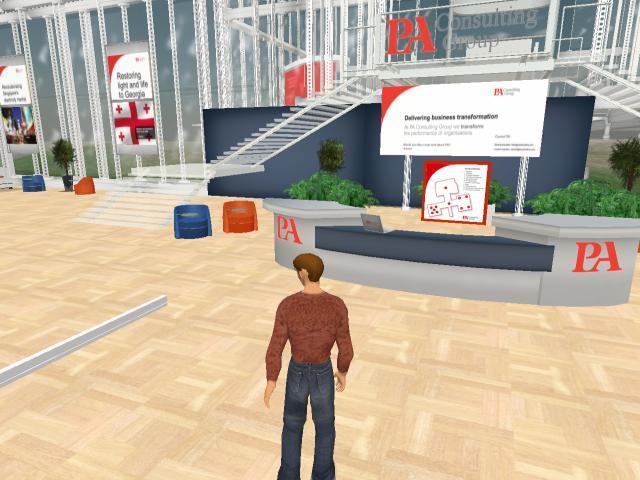I thought you lot would be interested in this :-) not written by me so it will make sense
Web 2.0 is all about the feel-good factor
- 02 January 2007
- From New Scientist Print Edition. Subscribe and get 4 free issues
- Celeste Biever
User participation is crucial to the survival of popular websites like YouTube and Flickr. But how do these sites ensure that new videos, photos and comments keep flooding in?
It all comes down to persuasion strategies, says B. J. Fogg at Stanford University in California, who is analysing the techniques employed by websites that rely on their users for content, known collectively as Web 2.0. The secret is to tie the acquisition of friends, compliments and status - spoils that humans will work hard for - to activities that enhance the site, such as inviting new users and contributing photos, he says. "You offer someone a context for gaining status, and they are going to work for that status."
Fogg and his colleagues analysed hundreds of such sites and identified three stages to their success, which they called discovery, superficial involvement and true commitment.
They found that the first two stages are easily achieved, for example by making it simple for existing users to email their friends with something they have posted online. In this way other people discover the site and become superficially involved through activities such as rating a posted video or photo. What separates successful from unsuccessful websites is the ability to get these people to create content of their own, involve yet more friends, and remain active and loyal.
By studying over 150 videos of people using successful sites, Fogg identified key strategies that persuade users to get involved. One incentive is to give people the opportunity to increase their status. For example, the photo-sharing website Flickr assigns images an "interestingness" score depending on how many people view them and whether they comment. This encourages users to email their friends with links to their photos. This is good for the site as it improves the quality of Flickr's search engine by ensuring the most interesting photos are ranked most highly.
Sites also keep people involved by giving them the chance to earn rewards. For bloggers these could come in the form of comments from other users, while on the business networking site Linked-In they might be endorsements that potential contacts can read. Again, these benefit the websites by engaging other users.
The effects of both status and rewards are increased because they are doled out unpredictably - new people joining your friendship group on MySpace say, or a new comment on your blog. This ensures users frequently return to the site to check for changes.
Fogg hopes that by studying how well these strategies work, he will be able to quantify them and discover new ways in which people are open to persuasion. "The web is a huge lab for studying human psychology," he says. "I think what we are seeing with Web 2.0 is which persuasion technologies work and which do not."
From issue 2583 of New Scientist magazine, 02 January 2007, page 30

Recent Comments